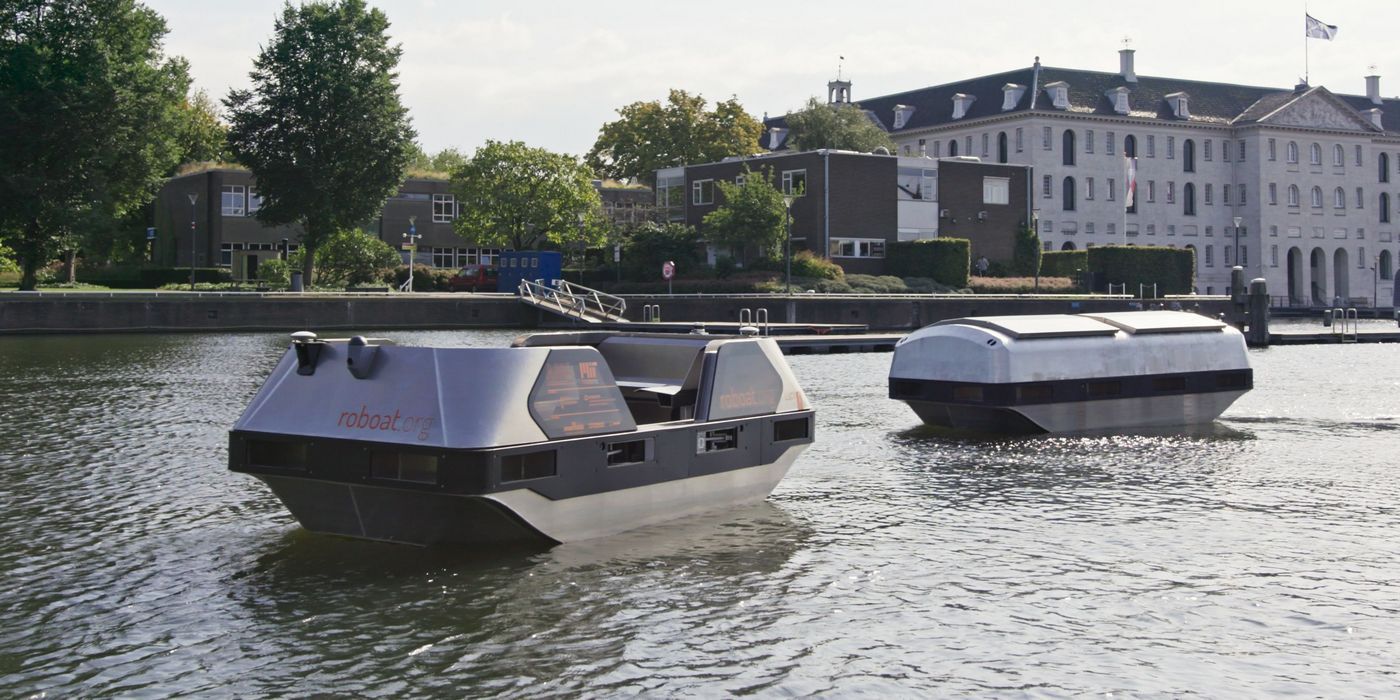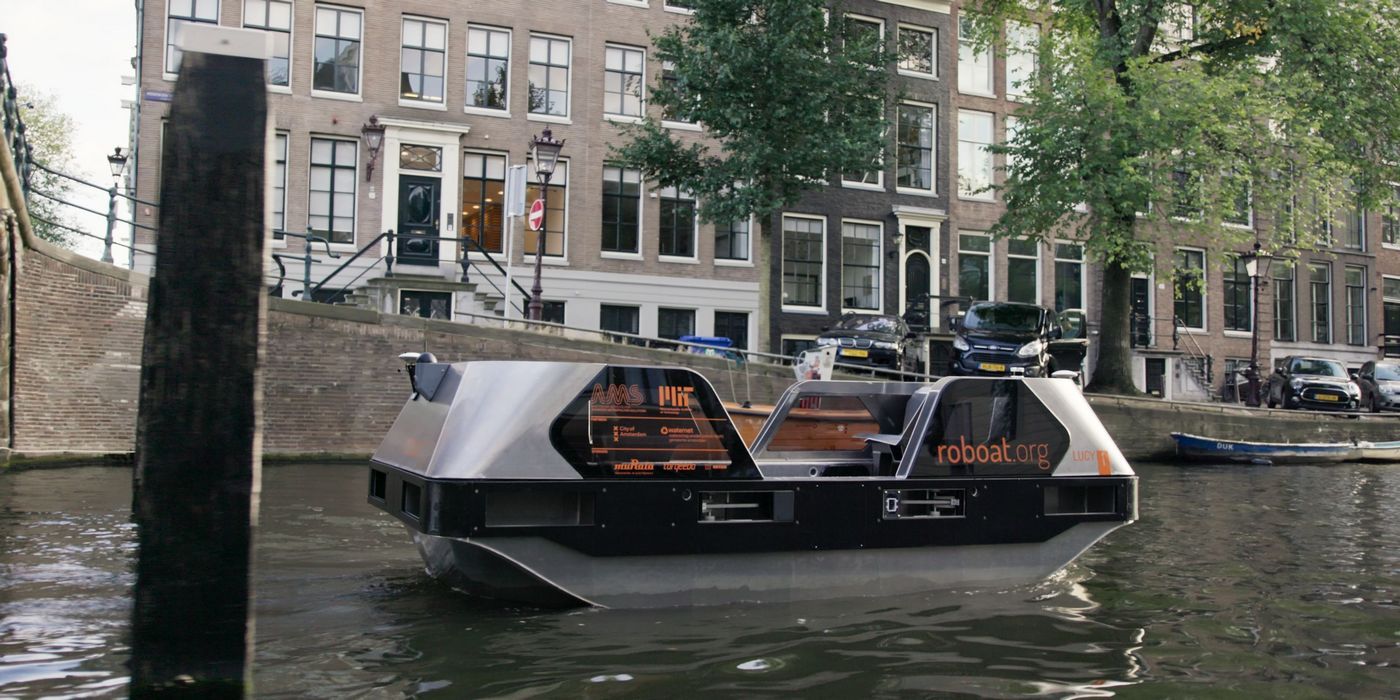The city of Amsterdam in the Netherlands is testing two full-size prototypes of the 'Roboat' - an all-electric, fully autonomous, and modular vessel that can be transformed and adapted to serve different purposes at different times. Even though electric cars are becoming more mainstream, all-electric boats are still relatively rare and fully autonomous ones even more so. However, their numbers are on the rise as people look for more efficient vessels that are both cheap to run and less harmful to the environment.
It is understood that more than 1,000 maritime autonomous surface ships (MASS) were in operation, as of September 2021. When it comes to electric boats, they are largely restricted to ferries and small passenger boats on inland waterways. That's because the immense power requirements to operate large container vessels means that electric ships, even with massive batteries, are simply impractical for power-hungry operations like long-distance cargo haulage.
Two Roboat prototypes have been navigating Amsterdam's massive networks of canals over the past few weeks as part of a research project by the Massachusetts Institute of Technology (MIT). The program seeks to establish whether the vessels can offer a clean and efficient way of ferrying people as a water taxi and collecting garbage as part of a waste management system. The modular construction helps the Roboats to perform the different functions, with seating for a five-person water taxi or waste collection bins being swapped in or out, while the universal hull remains underneath. The Roboat is developed by the MIT’s Computer Science and Artificial Intelligence Laboratory (CSAIL) and Senseable City Laboratory in collaboration with the Amsterdam Institute for Advanced Metropolitan Solutions (AMS).
Touchscreen Interface For Autonomous Travel
A portmanteau of the words 'robot' and 'boat', the Roboats can not only ferry people and collect garbage, but can also be linked together to become floating bridges. They are also modular and can have interchangeable tops to serve different purposes. Talking to CNET, Carlo Ratti, MIT professor and director of the Senseable City Lab, said that the vessels will eventually be controlled with a touchscreen interface just like modern smartphones. According to Ratti, once the autonomous water taxi service becomes operational, passengers can simply enter their destination when they board, and the Roboat will take them there.
The Roboats can operate for around ten hours on a single charge and can even be charged wirelessly. According to the official Roboats website, the vessels use lidar and an array of cameras for a 360-degree view that helps them navigate, much like autonomous cars. They are currently in the developmental phase, but there are plans for a commercial launch at some stage. However, according to Fábio Duarte, principal research scientist at MIT, the Roboats are not yet ready to hit the market, so it will be interesting to see when cities like Amsterdam or Venice will get to operate these autonomous vehicles on a commercial basis.
Source: MIT, roboat.org, CNET


